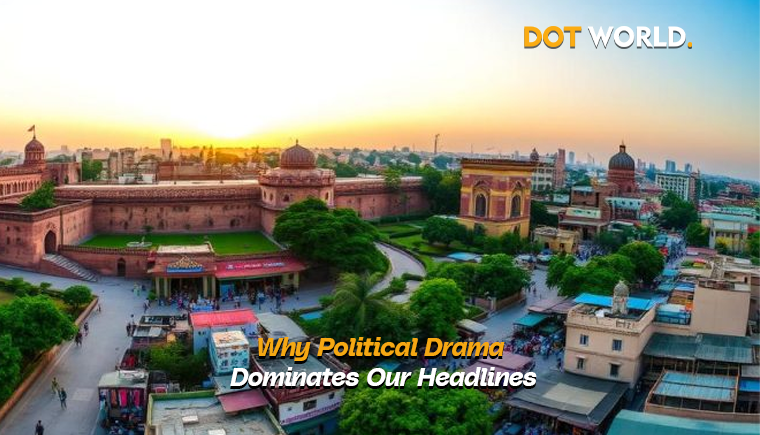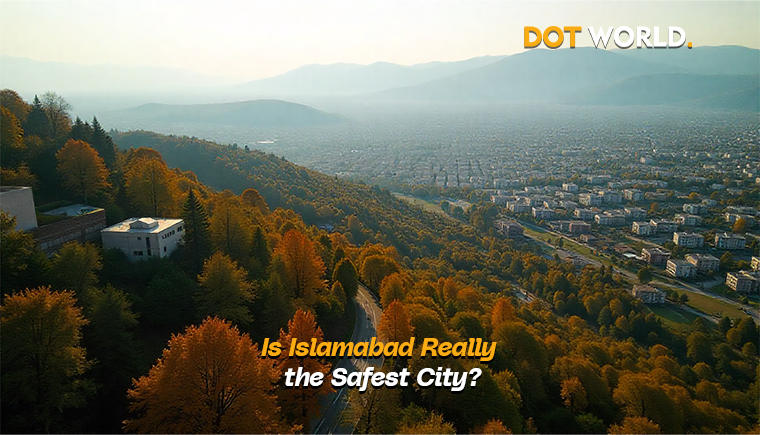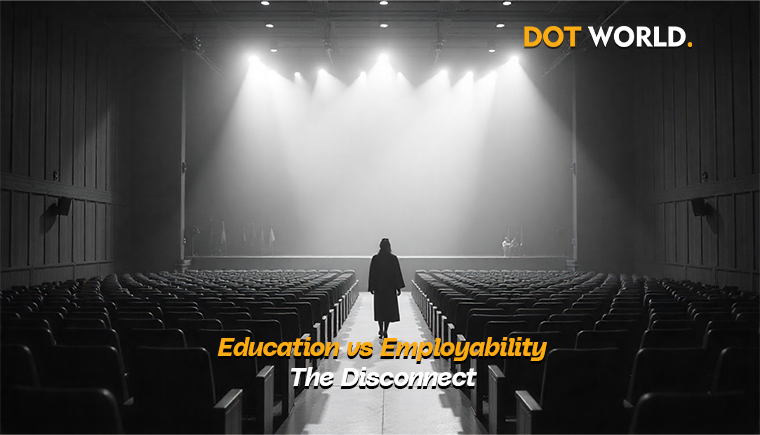When we think of Karachi, we often picture chaotic traffic, tall buildings, street vendors, or breaking news headlines about politics and crime. But beneath the dust and noise of this sprawling metropolis lies a deep and fascinating story — one that rarely gets told.
The history of Karachi Pakistan is more than just dates and names; it’s a tapestry woven from trade routes, cultural revolutions, colonial ambition, and grassroots resistance. To understand Karachi today, we must dig into the city’s hidden past — a past that continues to shape its complex identity.
🌊 Karachi’s Ancient Beginnings: More Than Just a Port
Long before it became Pakistan’s financial powerhouse, Karachi was a sleepy fishing village known as Kolachi. Legend has it that the village was named after a fisherwoman named Mai Kolachi, who defended her land against invaders. Though this tale may lean toward folklore, archaeological evidence confirms that Karachi’s roots stretch back to at least the 18th century — if not earlier.
The natural harbor attracted merchants from Oman, Gujarat, and the Persian Gulf, making Karachi a minor but important hub for regional trade long before British colonialism.
The history of Karachi Pakistan isn’t just about urban development — it’s about global connections, long before the term “globalization” existed.
🏰 The British Era: Transformation Begins
The real transformation began in 1839, when British forces occupied Karachi to secure supply lines during the First Anglo-Afghan War. They quickly realized the port’s strategic importance and invested heavily in developing infrastructure.
Key developments under British rule included:
- Port expansion and the building of Napier Mole Road
- Introduction of railway lines, connecting Karachi to the interior
- Establishment of Frere Hall, Empress Market, and Sindh Madressatul Islam
During this era, Karachi became known as the “Gateway to India” and was admired for its urban planning, cleanliness, and cosmopolitan nature.
This period is a crucial part of Pakistan history, as it laid the foundation for the modern city’s structure, governance, and identity.
🌐 Karachi: A Melting Pot of Cultures
One of the most beautiful (and often overlooked) aspects of the history of Karachi Pakistan is its multicultural evolution. Long before Partition, Karachi was home to a diverse population — Parsis, Hindus, Muslims, Goans, Jews, and Christians all coexisted in vibrant harmony.
Even today, remnants of that era remain:
- Parsi temples hidden in Saddar
- Gothic churches dating back to the 1800s
- Old Goan neighborhoods in Garden East
- Synagogues (now converted) tucked away in narrow lanes
This melting pot of communities contributed to the rich urban culture that still defines Karachi — its art, food, music, architecture, and dialects.
🇵🇰 Partition and Migration: A City Reborn
The Partition of 1947 was a watershed moment in Pakistan history, and Karachi felt its impact more than any other city. As the newly created country’s first capital, Karachi became the face of a new nation — a symbol of hope and progress.
But with that came challenges.
Millions of refugees from India arrived in Karachi almost overnight. The city’s population exploded, housing became scarce, and the administrative system was stretched thin. Yet, despite the chaos, Karachi adapted. It welcomed people of all languages and cultures — Punjabi, Urdu-speaking Muhajirs, Baloch, Sindhi, Bengali, and more — who all added to its urban culture.
This post-Partition period is a key turning point in the history of Karachi Pakistan, transforming it into a national economic and cultural hub.
🏙️ Karachi’s Rise as Pakistan’s Economic Engine
By the 1960s, Karachi was booming. It was the industrial heart of Pakistan, contributing the largest share to the country’s GDP. It had:
- Thriving textile and manufacturing sectors
- A robust stock exchange
- International-standard universities and colleges
- A vibrant film and music industry
This was the golden age of urban culture in Karachi — where poets, musicians, intellectuals, and entrepreneurs all flourished. It was the Karachi that hosted international dignitaries and was seen as a beacon of modernity in South Asia.
🔥 Political Turmoil and Violence
Unfortunately, the 1980s and 1990s saw Karachi descend into darkness.
Ethnic tensions, political rivalries, and a growing arms culture turned the once-peaceful city into a battlefield. Target killings, extortion, and riots became part of everyday life. During these decades, much of Karachi’s hidden history — the temples, libraries, and cultural hubs — was neglected or destroyed.
However, even in its worst days, the city’s spirit remained unbroken. Karachi endured.
This darker chapter is essential to understanding Pakistan history — not just because of the events themselves, but because of how the city managed to survive and reinvent itself time and again.
🏗️ Modern Karachi: Struggles and Resilience
Today, Karachi is home to over 20 million people, making it one of the largest cities in the world. It contributes over 50% of Pakistan’s revenue, yet struggles with:
- Poor public infrastructure
- Overburdened transport systems
- Frequent power outages
- Water and sanitation crises
- Rising street crime
And yet, its people continue to adapt. From online businesses to street art collectives, from tech startups to grassroots education movements — the resilience of Karachiites is unmatched.
The city’s urban culture continues to evolve, balancing modern trends with historical influences. Cafes now stand next to crumbling colonial buildings. Fashion designers borrow from local craft traditions. Digital media captures stories that mainstream channels overlook.
This ongoing reinvention is itself part of the hidden history of Karachi — not found in textbooks, but visible in the lives of everyday people.
🧱 Rediscovering Karachi’s Forgotten Sites
Many locals are unaware of the treasures hidden in plain sight:
- The old Chaukhandi tombs, a UNESCO World Heritage Site
- Jehangir Kothari Parade, once a seaside promenade
- Merewether Clock Tower, a symbol of colonial architecture
- Bohri Bazaar, filled with echoes of generations past
Reclaiming these spaces and preserving them is not just about tourism — it’s about reconnecting with our roots.
Understanding the history of Karachi Pakistan is key to building a stronger civic identity and promoting respect for diversity and heritage.
📢 Why We Must Talk About Karachi’s Hidden History
When we ignore history, we lose our sense of identity. Today’s youth grow up seeing Karachi only as a chaotic mess, not knowing about its multicultural harmony, literary contributions, or architectural beauty.
Sharing these stories — whether through media, schools, or public art — can reshape how we view our cities and ourselves.
That’s why platforms like MyDotWorld aim to highlight not just the problems of Pakistan, but also the stories that have shaped who we are. You can explore more through our dedicated video section and detailed blogs on similar topics.
🧠 Final Thoughts
Karachi is not just a city — it’s a living, breathing story. A story of struggle and survival, of diversity and dynamism, of despair and hope.
The history of Karachi Pakistan is not buried in dusty archives. It’s alive in the architecture, languages, food, and memories of its people. It’s time we stop looking at Karachi just through the lens of headlines and start appreciating the urban culture that makes it truly extraordinary.





